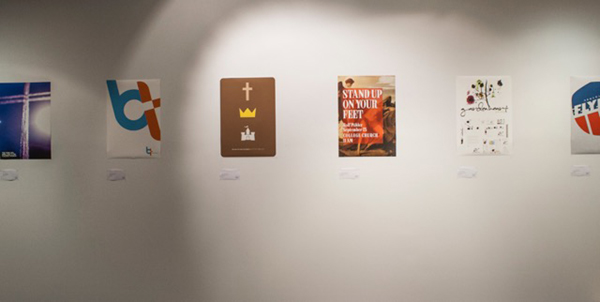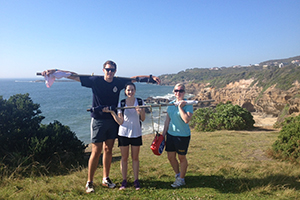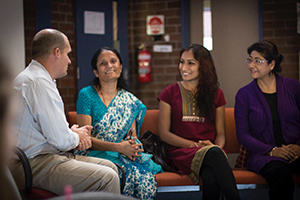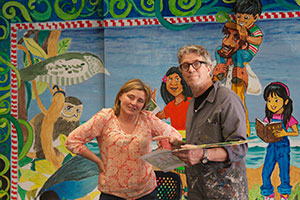Review: Do Justice: Our Call to Faithful Living
Mark Webster
Chief executive officer
Adventist Development and Relief Agency Australia
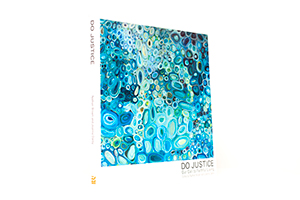 Browse through the 192 pages of Do Justice: Our Call to Faithful Living and the answer to the questions, “What is justice?” and “Why compile a book about it?” become clear:
Browse through the 192 pages of Do Justice: Our Call to Faithful Living and the answer to the questions, “What is justice?” and “Why compile a book about it?” become clear:
- Justice is a biblical concept central to God’s vision of a world not only created but also living in His image
- Justice—as an experienced, living thing—is also as complex and diverse as the number of people on this planet
Do Justice effectively and compellingly addresses the statements. It pulls together the wisdom of 27 justice advocates, harnessing their thoughts, experiences and advice into a cohesive whole.
Authors such as Kendra Haloviak Valentine and Ty Gibson explore that foundational nature of justice to our faith and indeed our existence. Dwight Nelson and Lowell Cooper, among others, explore the nexus of faith and justice in the context of the Seventh-day Adventist Church and its beliefs. Lisa Clark Diller and Zivayi Nengomasha join their voices with those of others seeking to make justice an intentional part of their lives. And another group, including Tim Gillespie, Ella Smith Simmons and Mindi Wiygul, share guidance from their own experiences of justice in practice.
In the end, the problem with justice is not doing it: it is the assumption it has been done.
Jesus calls His people to do justice by loving others as we love ourselves. Reading Do Justice will inspire, encourage and equip you to do just that.
Nathan Brown and Joanna Darby (editors), Do Justice: Our Call to Faithful Living, Signs Publishing, 2014
 Avondale College of Higher Education
Avondale College of Higher Education